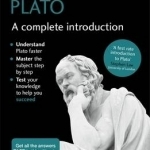
Plato: A Complete Introduction: Teach Yourself
Book
Written by Dr Roy Jackson, who Senior Lecturer at the University of Gloucestershire, Plato: A...

Six Months to Live? ... I Don't Think So!: Judi's Journals
Book
In July 2006 Judi Seall was diagnosed with terminal cancer and given six months to live. Did she...
The Air Raid and the Easter Egg: Two Stories of a Scottish Childhood, 1940
Book
On the way to school one morning in 1940, six-year-old Maisie hears the air raid siren for the first...
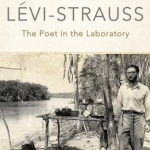
Claude Levi-Strauss: The Poet in the Laboratory
Book
Claude Levi-Strauss, the 'father of modern anthropology' and author of the classic Tristes...
Florence Nightingale: A Very Brief History
Book
Part One: The History (What do we know?) This brief historical introduction to Florence Nightingale...
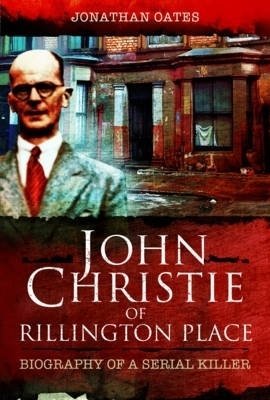
John Christie of Rillington Place: Biography of a Serial Killer
Book
Sixty years ago, the discovery of bodies at 10 Rillington Place in Notting Hill, London, led to one...
Migration and the Making of Industrial Sao Paulo
Book
Published in 2008 and winner of the 2011 Thomas E. Skidmore Prize, Paulo Fontes's Migration and the...
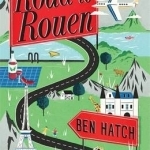
Road to Rouen
Book
Ben Hatch is on the road again. Commissioned to write a guidebook about France (despite not speaking...
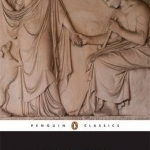
Canti: The Poems of Leopardi
Giacomo Leopardi and Jonathan Galassi
Book
'So my mind sinks in this immensity: and foundering is sweet in such a sea' Revisited and...
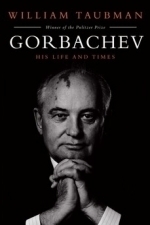
Gorbachev: His Life and Times
Book
From the Pulitzer Prize-winning author of Khrushchev: The Man and his Era comes the definitive...
